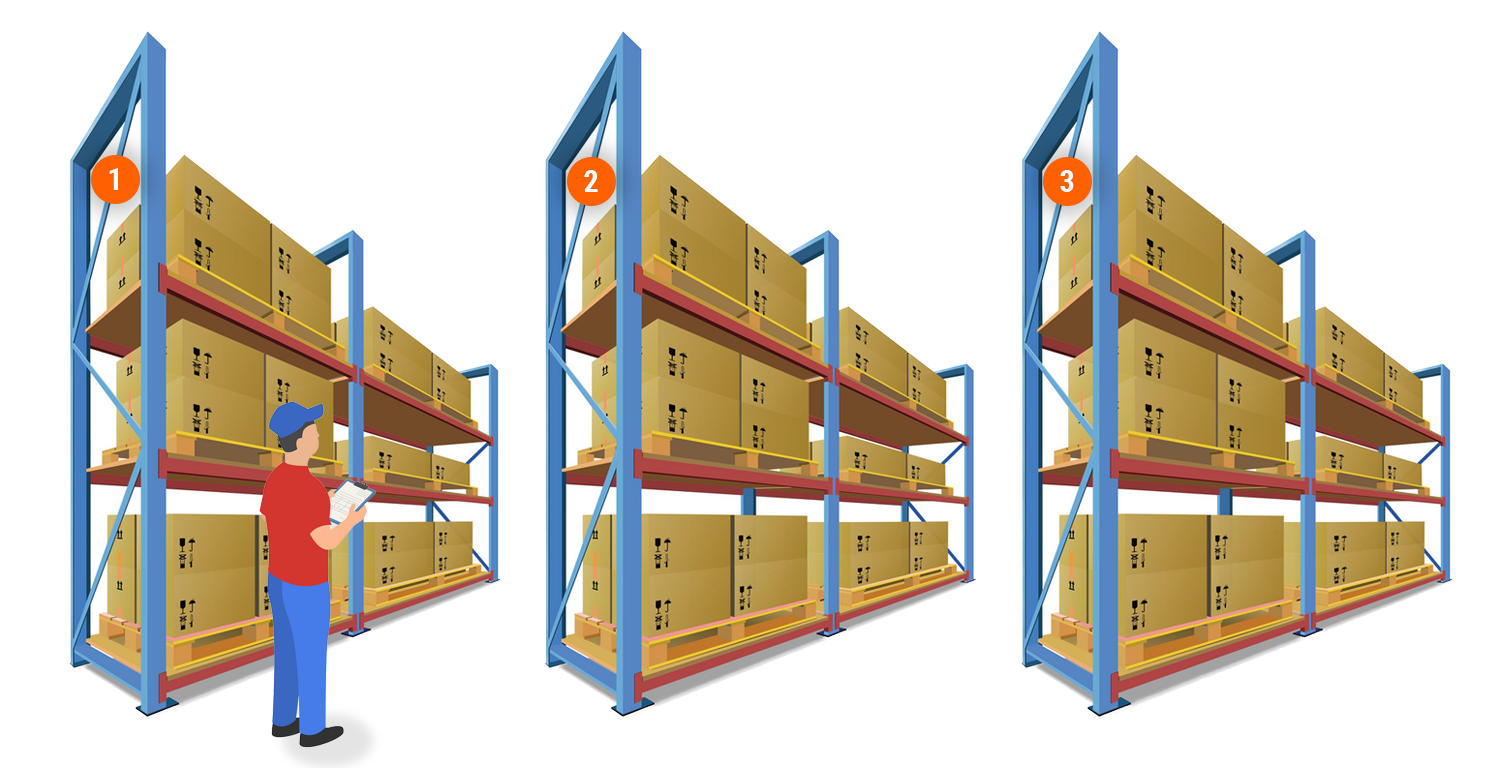1. The Kanban Concept
Kanban is a visual structure used to handle work while moving through a process. It conceptualizes and visualizes the process (workflow) and the required task, which goes through the process. Kanban’s objective involves spotting potential bottlenecks in your process and fixing them, making workflow cost effective with an optimal pace or throughput.
1.1. The Origin of Kanban
The first Kanban system was developed in the early 1940 by Taiichi Ohno (An Industrial Engineer and Business person) in a motive to use it for Toyota Automotive in Japan. It was first created with a motive initiated to supervise and manage tasks and inventory at each phase of production optimally.
One main factor for the development of Kanban entailed the inadequacy of productivity and efficiency of Toyota in the market as compared to the American Automotive rivals. However, through Kanban, Toyota achieved a flexible and efficient just in time production control system which in turn yielded more productivity while reducing the cost-intensive inventory of raw materials, semi-finished materials, and finished products.
A Kanban classification preferably controls the whole value chain from the suppliers to the end customer. This process helps avoid supply interruption and overstocking of goods at different stages of the manufacturing process. Extremely keen attention needs to be provided in order to avoid bottlenecks which could break or slow down he production process. The goal behind all this is to attain higher throughput with lower delivery lead times. With time, the Kanban method has been an effective way in different production systems.

Kanban – Three-bin system
Kanban is a simple example of the Kanban system implementation might be a “three –bin system” for the supplied parts one bin on the factory floor (demand point) one bin in the factory store and one bin at the supplier’s store. The bins usually have a removable card that contains the product details and other relevant information – the Kanban card.
When the bin on the factory floor becomes empty, i.e. there is a demand for parts, the empty bin and Kanban cards are returned to the factory store. The factory store then replaces the bin on the factory floor with a full bin, which also contains a Kanban card. The factory store then contacts the supplier’s store and returns the now empty bin with its Kanban card. The supplier’s inbound product bin with its Kanban card is then delivered to the factory store completing the final step to the system.
Thus the process will never run out of product and could be described as a loop, providing the exact amount required, with only one spare so there will never be an oversupply. This “spare” bin allows for the uncertainty in supply, use and transport that are inherent in the system. The secret to a good Kanban system is to calculate how many Kanban cards are required for each product. Most factories using Kanban use the coloured board system. This consists of a board created especially for holding the Kanban cards.
